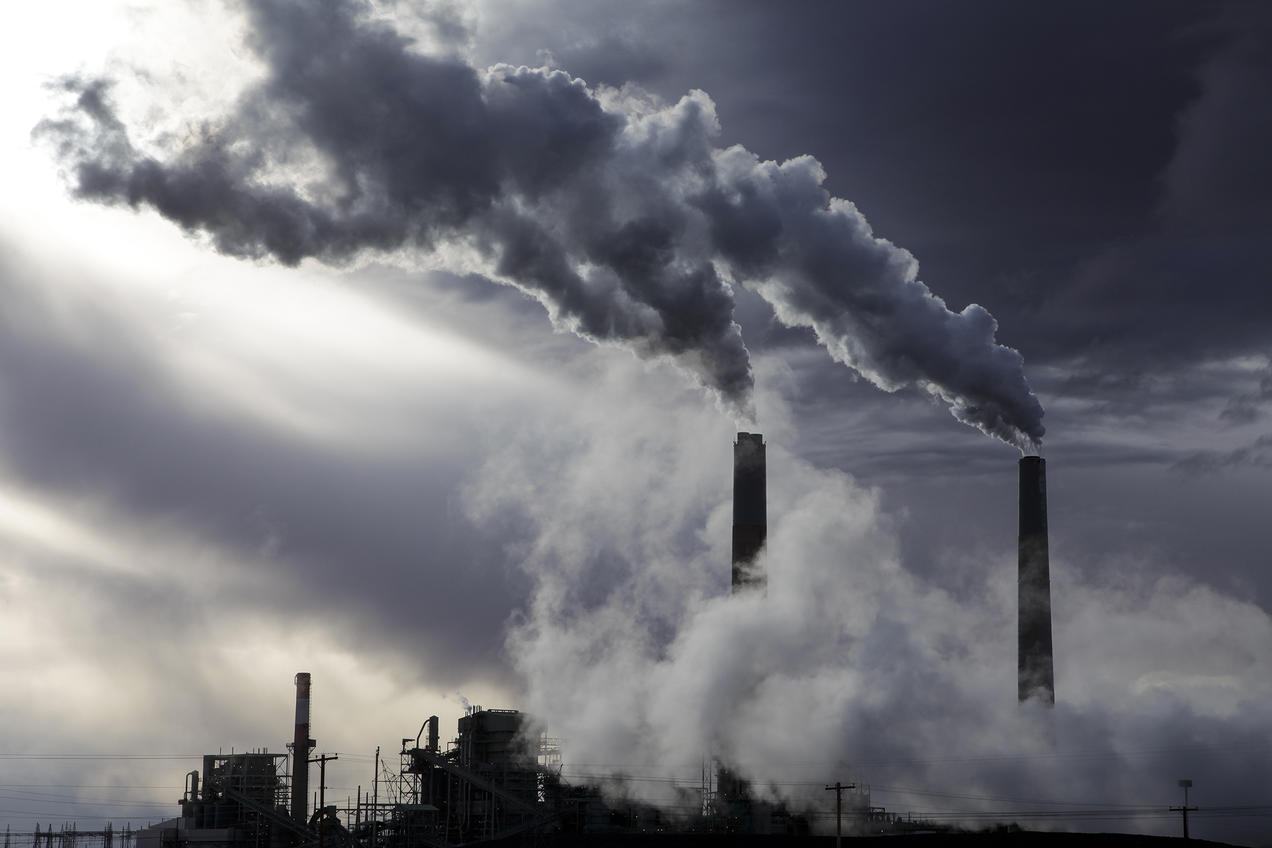EPA Seeks Dramatic Change in Calculating Health Risks from Air Pollution
The Environmental Protection Agency wants to change the way health risks from air pollution are calculated, a move that could make toxic emissions appear less deadly and clear the way for less stringent air pollution standards, according to a New York Times report.
Several people with knowledge of the EPA plan told the New York Times that using a new analytical model to calculate air pollution deaths could make it easier for the federal government to move forward with eliminating the Clean Power Plan, a key climate change rule put into place under the Obama administration.
The Trump administration has moved to repeal the Clean Power Plan and replace it with the Affordable Clean Energy rule, which would slightly improve the efficiency of coal plants but would also allow older coal plants to remain in operation longer, the Times reported.
The Clean Power Plan was aimed at reducing greenhouse gas emissions, a primary culprit of global warming, by promoting natural gas or renewable energy to produce electricity instead of coal. By reducing greenhouse gases, the plan would also reduce levels of fine particulate matter, tiny particles in the air that can penetrate into the lungs and bloodstream and are linked to heart attacks, strokes and respiratory disease.
The World Health Organization estimates that some 4.2 million people die worldwide each year due to the effects of outdoor air pollution.
A report earlier this month from the American Lung Association concluded that more than 40% of people in the United States – or 141 million people – live in areas with unhealthy air quality. In November, the newly created University of Chicago Air Quality Life Index (AQLI) found that global life expectancy had dropped 1.8 years because of an increase in air pollutants.
The EPA had originally forecast that the Affordable Clean Energy rule would result in an additional 1,400 premature deaths per year due to air pollution. But revamping the way the numbers are calculated would reduce that estimate and make it easier to repeal and replace the Clean Air Plan, according to the Times.
Richard L. Revesz, an expert in environmental law at New York University, told the newspaper that the change would lay the groundwork for further weakening of environmental regulations.
“It could be an enormously significant impact,” he said.
“Particulate matter is extremely harmful and it leads to a large number of premature deaths.”
The revised method for calculating health risks does not take into account the benefits of improving air quality, the Times reported. It would also allow states to impose their own standards for carbon dioxide emissions from power plants, instead of setting a national standard. The new Trump plan is part of a regular review of national air quality standards, CNN reported.
“EPA sets national ambient air quality standards at a level that protects public health with a margin of safety. A longstanding and important question is how much benefit is derived by further reducing ambient levels below the national standards,” EPA spokesman James Hewitt told the network. “We are considering changes to how such benefits are calculated.”
Hewitt added that “No change to this scientific method will be made unless and until the new approach has been peer reviewed.”
But many experts say there are no safe levels of the fine particulate pollution associated with the burning of fossil fuels.
“Protecting the public’s health from dangerous amounts of pollutants in the air that we all breathe is the mandate of this agency,” Jack Harkema, a professor of pathobiology and diagnostic investigation at Michigan State University, told CNN in a previous report. “This cannot be done without careful, deliberate and knowledgeable understanding (of) this complex environmental health issue … Millions of lives are at stake.”









Recent Comments